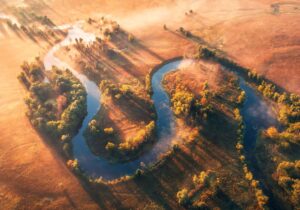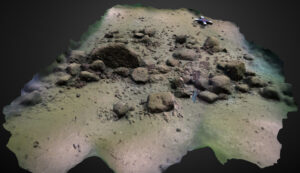The Bandhavgarh National Park in India is known for its natural beauty and is a popular destination for wildlife enthusiasts. However, in September 2022, the Archaeological Survey of India (ASI) discovered something even more fascinating: a treasure trove of archaeological finds that shed light on the rich history of the region.
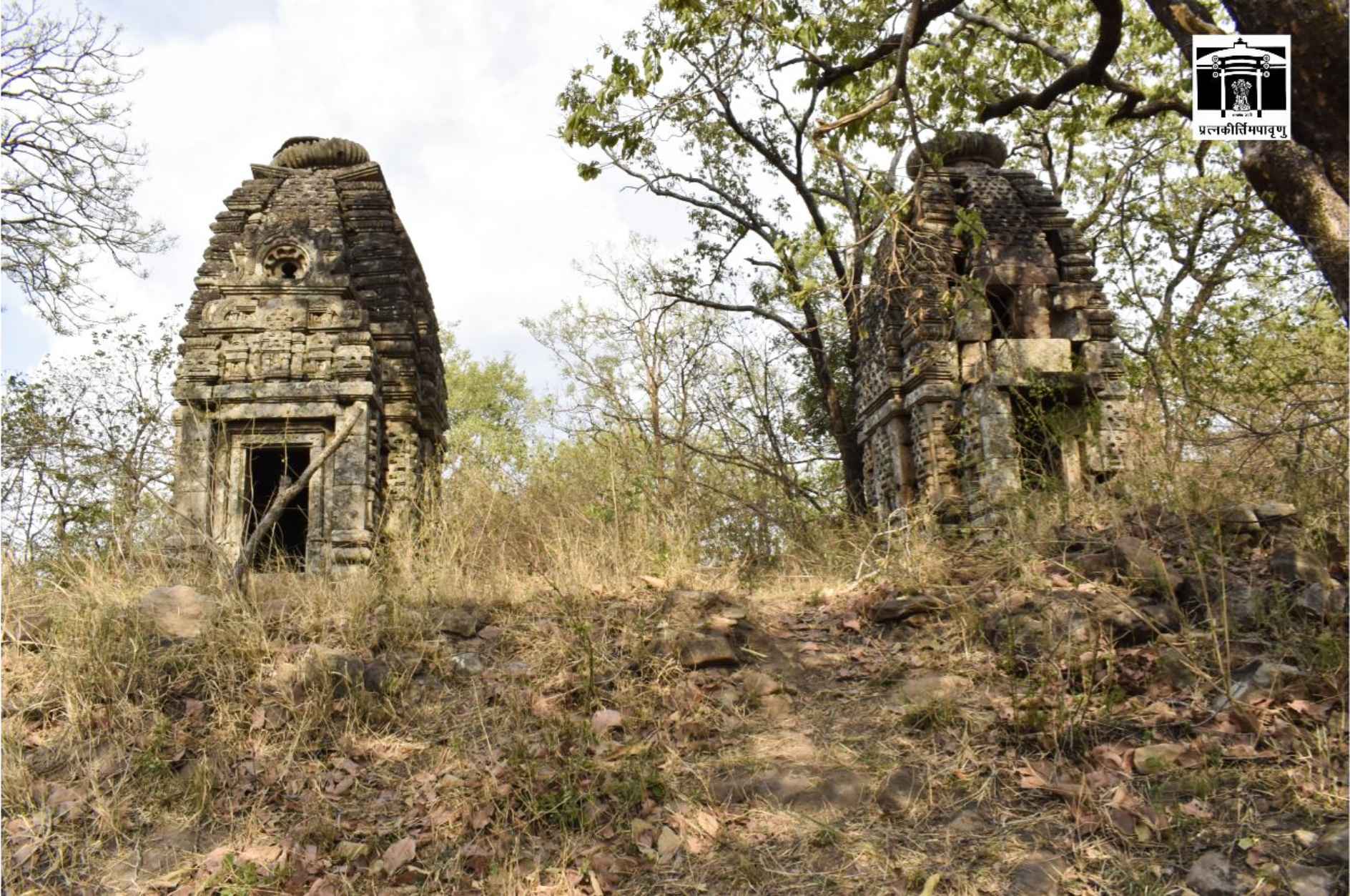
The excavation uncovered Buddhist caves and stupas, Brahmi inscriptions from the 2nd century, Hindu temples from the 9th-11th centuries, and possibly the world’s largest Varaha sculpture from the same period. These discoveries have opened up a new chapter in the history of the region and have given archaeologists and history buffs alike a glimpse into the past.
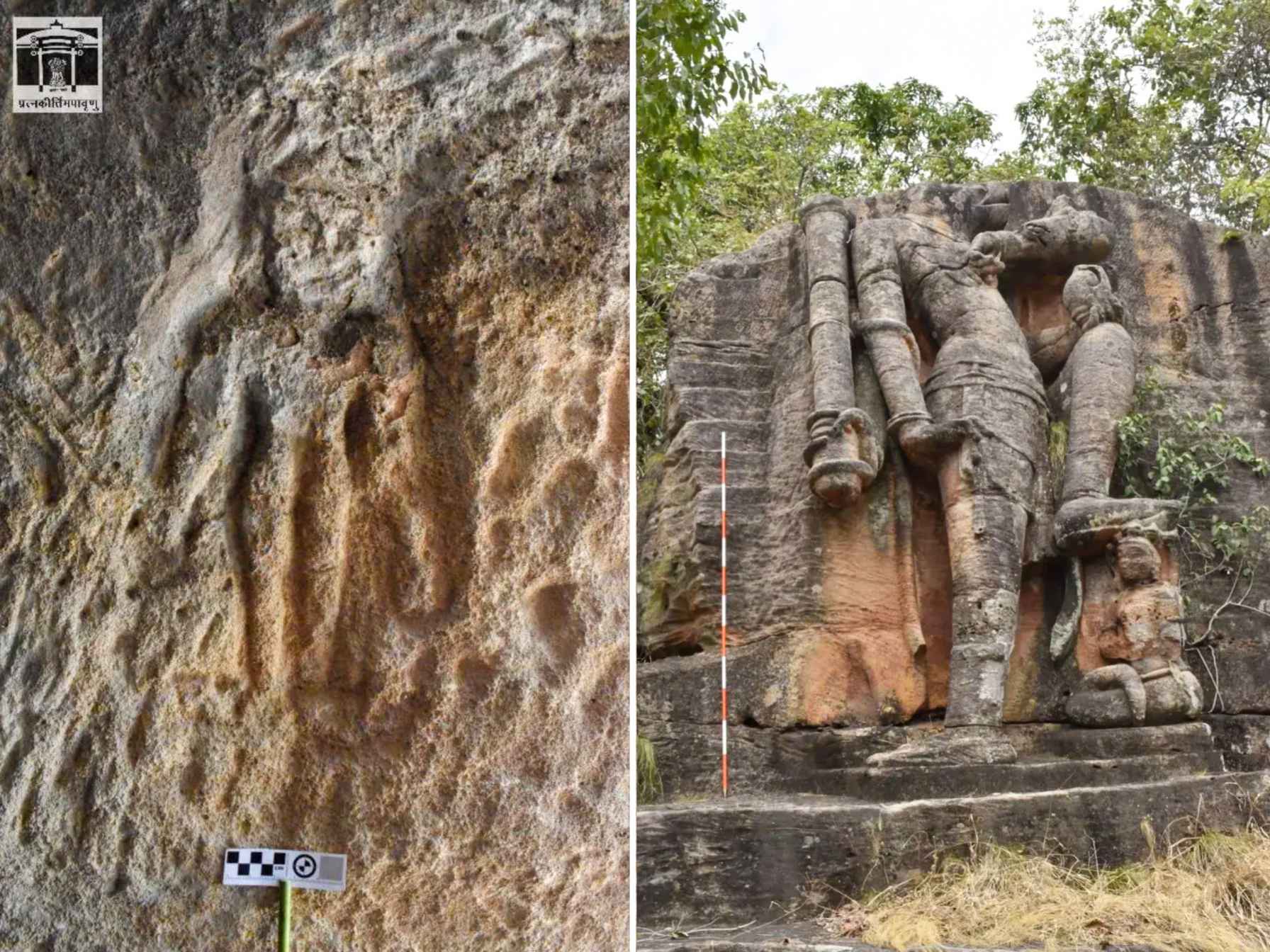
The Bandhavgarh National Park is spread over the Vindhya hills in Madhya Pradesh. The national park consists of a core area of 105 sq km and a buffer area of approximately 400 sq km. Bandhavgarh National Park is known for the Royal Bengal Tigers. The density of the tiger population at Bandhavgarh is the highest known in India as well as in the world. The national park was the former hunting preserve of the Maharaja of Rewa and at present is a famous natural hub for White Tigers.
The Archaeological Survey of India (ASI) revealed pictures of the ancient caves and temples on social media, showing the remains of Buddhist structures with mural inscriptions on them. The Varaha sculpture is among the many monolithic sculptures of the 10 incarnations of Lord Vishnu that were discovered by ASI at the national park earlier this year. The exploration took place 84 years after the last such effort in 1938.
The time period of the findings covered the reigns of the kings Shri Bhimsena, Maharaja Pothasiri, Maharaja Bhattadeva. Places deciphered in the inscriptions are Kaushami, Mathura, Pavata (Parvata), Vejabharada and Sapatanaairikaa. (2/3) pic.twitter.com/DkrGNRx0Ql
— Archaeological Survey of India (@ASIGoI) September 28, 2022
“The most startling finding is the remains of the Buddhist structures in the region where a Hindu dynasty ruled. It suggests religious harmony, but who built these Buddhist structures is not known yet, ” the ASI official said.
A votive stupa and a Buddhist pillar fragment containing miniature stupa carving, which roughly dates back to the 2nd-3rd century AD have been documented as part of this exploration, according to information shared by the ASI. But what is also very interesting is the names of old cities like Mathura and Kaushambi, located in Uttar Pradesh, found in ancient inscriptions they have documented.
“Names of these cities located far away from Bandhavgarh suggest that there were trading ties and people from other cities may have donated something, but again, it is a matter of conjecture,” an ASI official said.
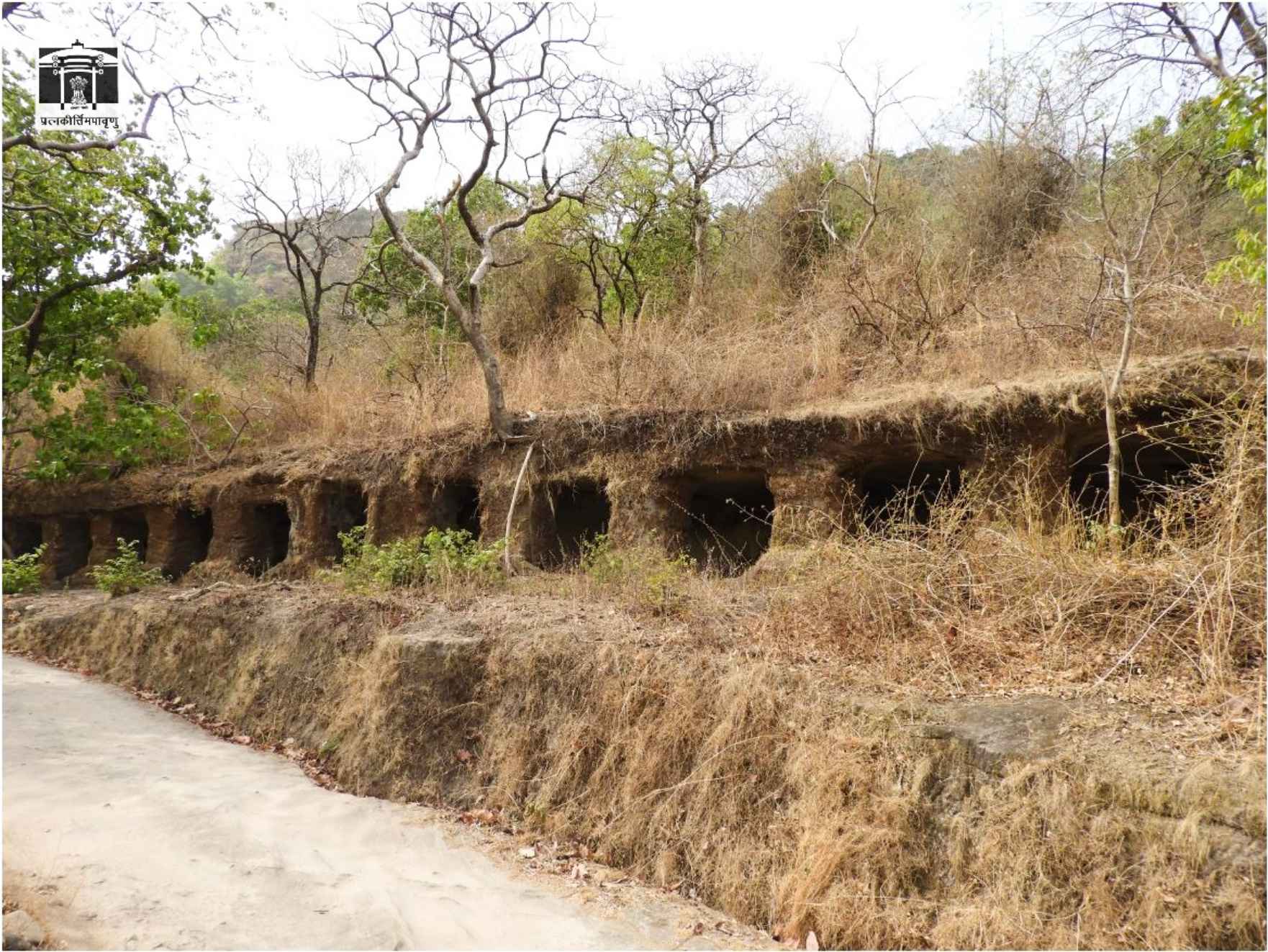
According to the research team, a total of 35 temples have been documented, 9 earlier and 26 temples or remains of a temple of the Kalachuri period in the latest exploration. Of the caves, 26 are newly documented, dating to the 2nd century BC to 5th century AD period, and mostly Buddhist in nature, while 50 were reported earlier.
Two new Shaiva maths of the Kalachuri period (9th-11th century AD) and two new stupas have also been documented. Also, remains of the Mahayana sect of Buddhism like chaitya-shaped doors and cells containing stone beds have also come to light. Besides, 46 new sculptures were also documented, and 10 were already reported earlier prior to this 2022 exploration.
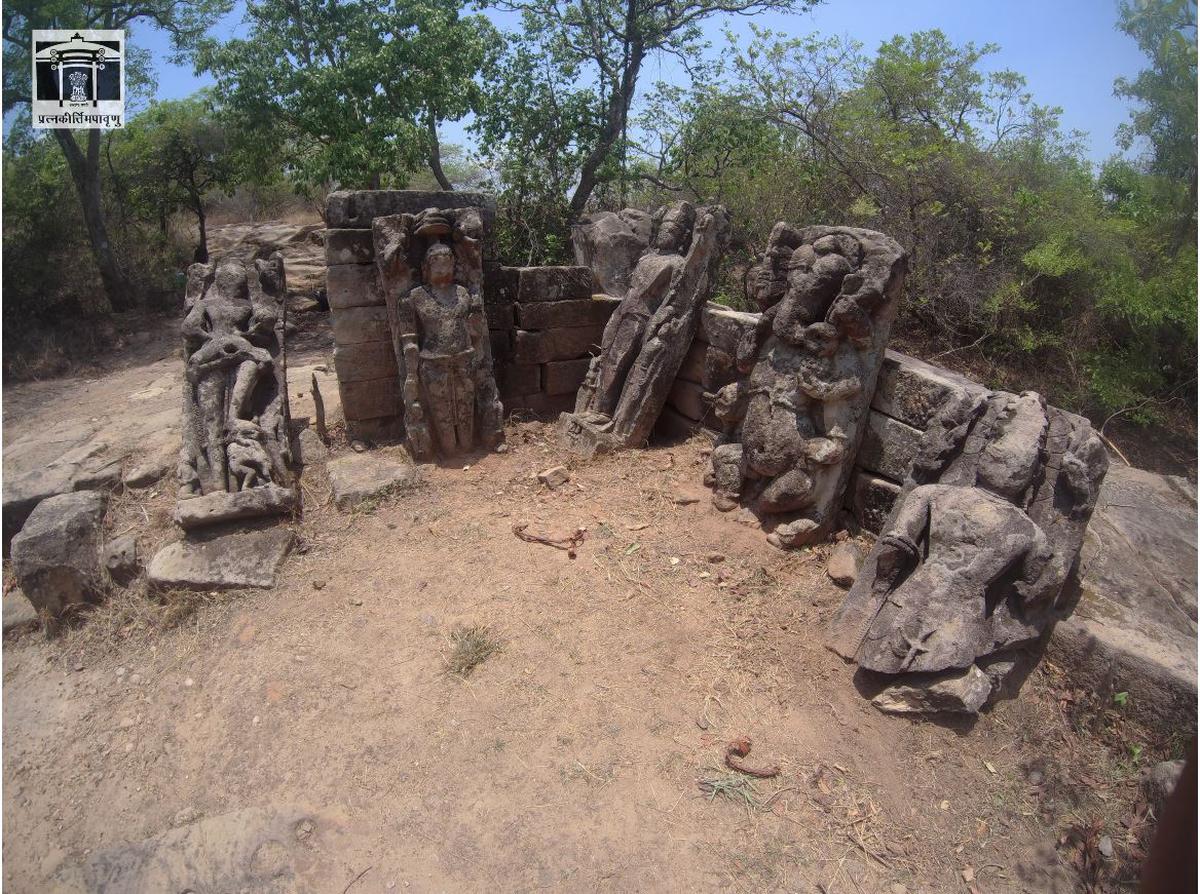
24 Brahmi inscriptions dating from the 2nd-5th century AD have been documented, according to ASI. Mathura’s name was mentioned in Brahmi script, superintending archaeologist Mr. Shivakant Bajpai said, adding, inscriptions are also in Nagari and Shankhalipi.
Besides, the names of Mathura and Kaushambi, Pavata (Parvata), Vejabharada, and Sepatanaairikaa are also mentioned in various inscriptions. Names of important kings mentioned in the old inscriptions include Maharaja Shri Bhimsena, Maharaja Pothasiri, and Maharaja Bhattadeva, the ASI said.
The Kalachuri dynasty, which spread over parts of Gujarat, Maharashtra and Madhya Pradesh, is also associated with the earliest Ellora and Elephanta cave monuments.

